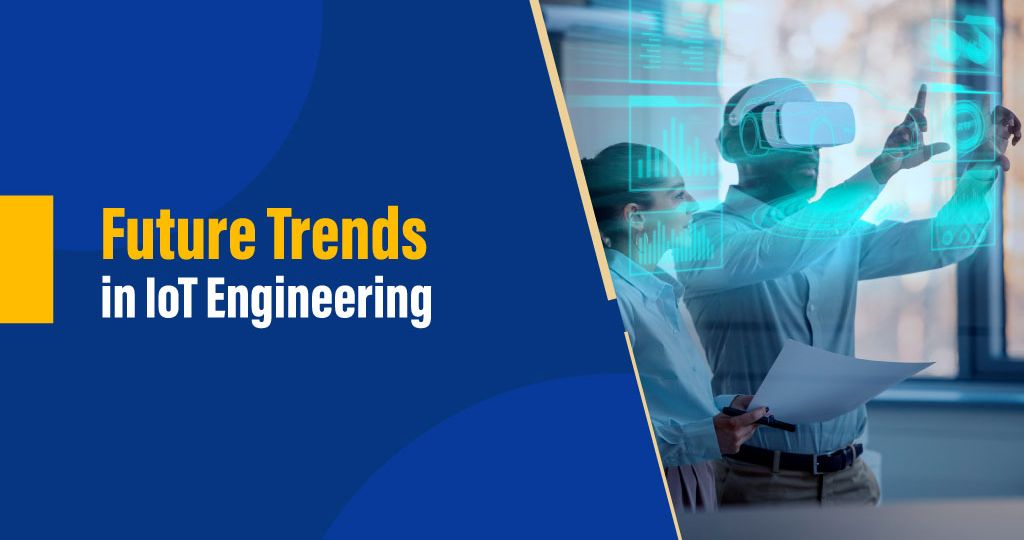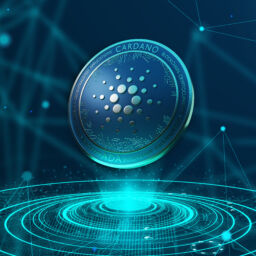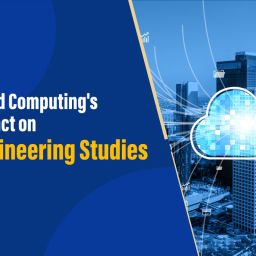
The survey says the number of IoT devices is expected to reach 29 billion in the next five years, and the market value is expected to reach billions in the upcoming years. These statistics signify the usage of IoT in various fields like smart homes, voice assistance, new sensor technology, 5G connected services, healthcare, and ethical and privacy concerns about IoT. This growth of technology highlights that today’s engineers need to be aware of future trends, which is possible with the support of B-Tech colleges in Tamil Nadu. However, you can discover the top five trends in IoT that engineers need to look for.
5 Trends of IoT that today’s engineers need to know:
Smart cities: The Internet of Things is transforming how people and innovation speak in more innovative, integrated, and intellectual ways. Governments approve implementing this wide range of intelligent solutions, which open up various IoT technology projects to reshape whole cities.
Smart cities use data-driven technologies to enhance facilities and solve issues. It means that the integration of IoT in smart cities improves certain areas, including transit, availability, and social services.
They can address and implement intelligent solutions with the support of the Internet of Things, like the safety of people, energy utilization, and traffic congestion, and focus on developing sustainability.
The use cases of smart industries are,
- With smart sensors, it is easy to detect the expense of maintaining factory equipment.
- This is possible with sensor data; the unplanned expenses can be cut down, which significantly reduces the maintenance costs.
- The Internet of Things can optimize the various factors of supply chains.
- The use of sensors helps to reduce waste, which ensures that products are shipped and stored based on environmental scenarios.
- Streamlining inventory management workflows and optimizing transportation functions.
IoT and AI: This is a relevant buzzword when the topic is about advancements in technology. However, this artificial intelligence has its hands in the Internet of Things for analyzing the data, which can improve better decisions. Let’s discuss the emerging trends of AI and IoT:
- Visual inspections are possible where IoT systems can combine high-quality data with machine language and computer vision to look for damage to packages or any defects in products.
- Traffic management is a better example and one of the smart city applications. It combines CCTV with AI and IoT in traffic management systems.
- The trend of advanced wearable technology has increased applications in industries,
- are health, fitness, education, and more. This biometric data can improve the quality of insights from workout routines to the effectiveness of medical treatment.
Digital twins: With the widespread use of sensor technology, the digital twin market will continue to grow in the upcoming years. The virtual representation signifies the physical object and process in real-time, which are used to diagnose, optimize, monitor, and control asset utilization. The Internet of Things, artificial intelligence and data analytics are combined into a digital twin technology. The benefits of digital twins in IoT are huge which are:
- Predictive maintenance is crucial for companies because it allows them to identify problems before any downtime occurs.
- It also supports improving the quality when the user has more information and knowledge and chooses to optimize the overall quality.
- Digital twins help in predicting negative or positive reactions, which is always more accurate than a simulation. This will help organizations with better decision-making.
Blockchain: Businesses are using IoT data to create an immutable blockchain ledger, which counts as accountability, security, and trust. How does the IoT support blockchain? This enables gadgets across the internet to send data to private blockchain networks, which create resistant records of shared transactions. Therefore, the benefits of implementing IoT in blockchain are:
- Build trust as each transaction is recorded and you can’t modify the IoT data.
- Has reliable security that is easy to manage, analyze, and customize among the shared clients and users.
- This promotes data transparency and traceability, which allows real-time tracking of assets and transactions across the network.
Edge computing: There are high amounts of information traveling between the devices, which may affect the device’s performance. With modern edge computing, data processing is closer to connected devices, which can shorten the data routes and instant on-location analysis. This allows faster and larger processing rates, which results in real-time answers. Now businesses are taking advantage of this innovation, which provides a share of the public cloud market. This brings the ability to contribute to clients in a new way and regain control of the workforce.
To conclude, the above top trends may give insights into the influence of the Internet of Things on today’s business and offer smart devices to automate homes. The best B-tech colleges in Coimbatore need to educate the students on how these connected devices work and keep the business competitive and able to complete tedious tasks without human intervention.




